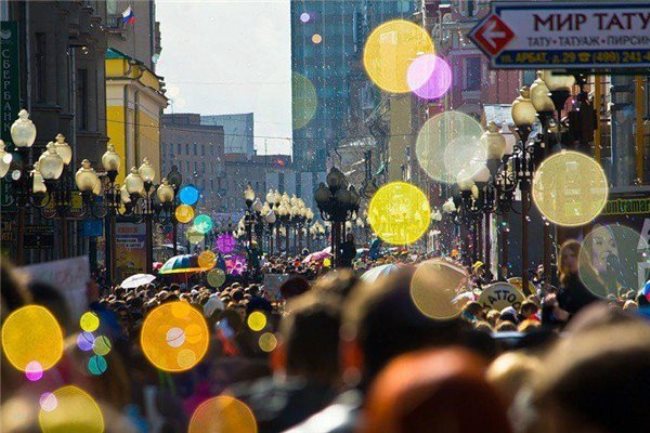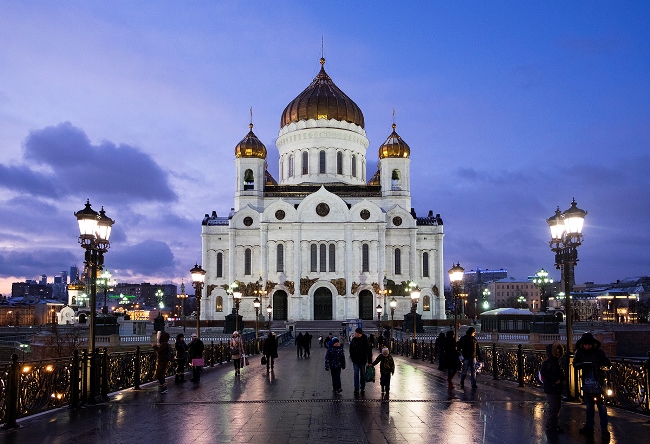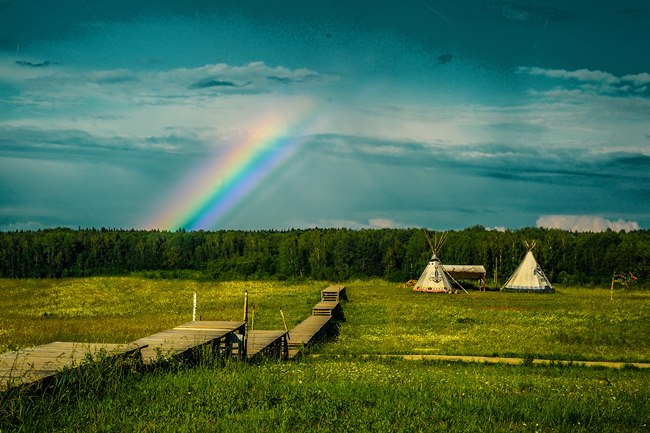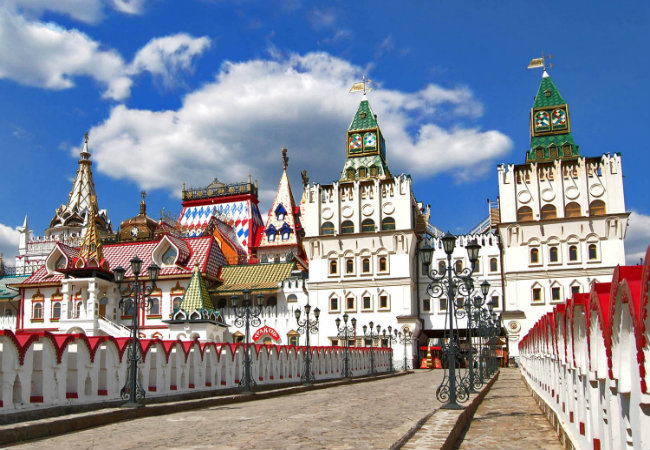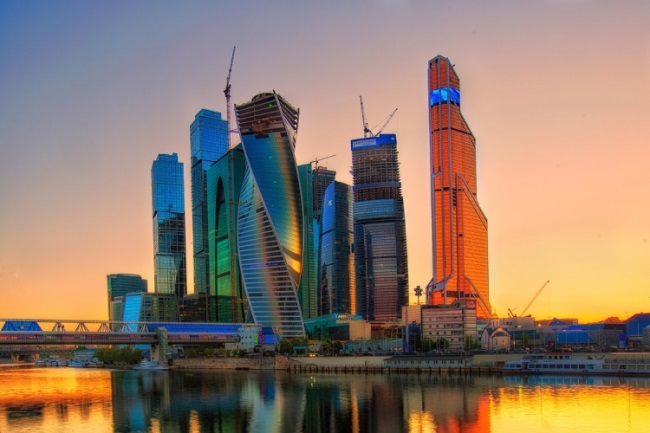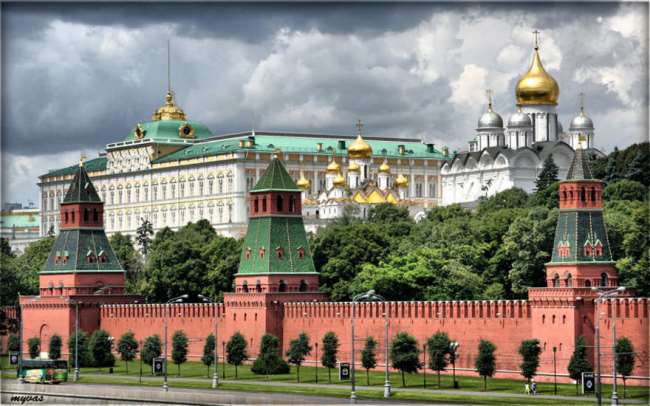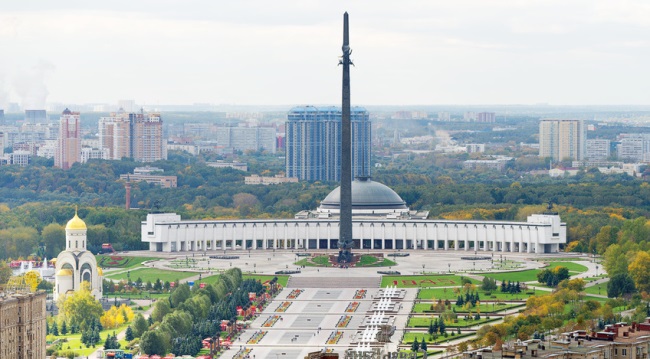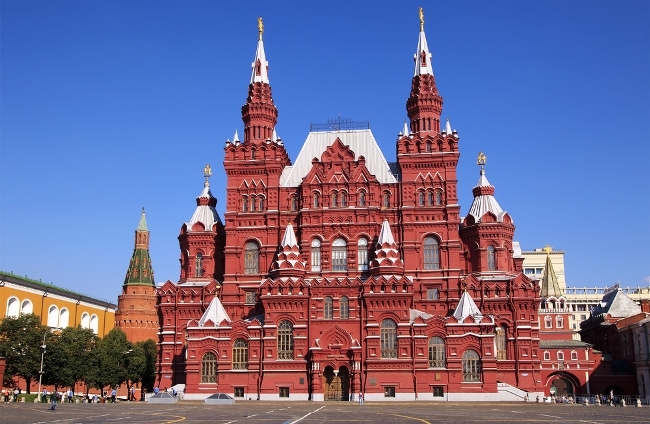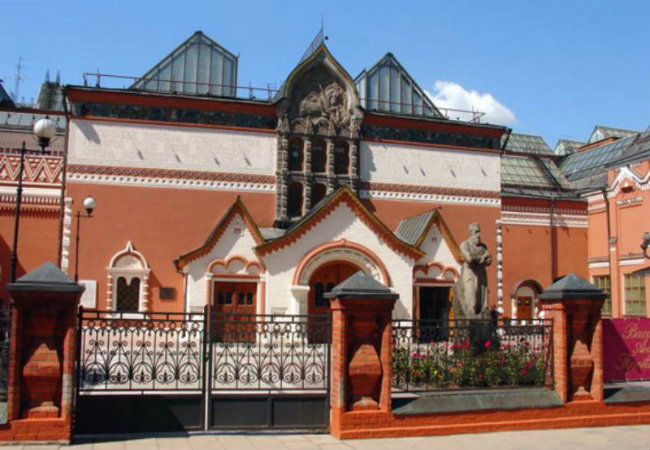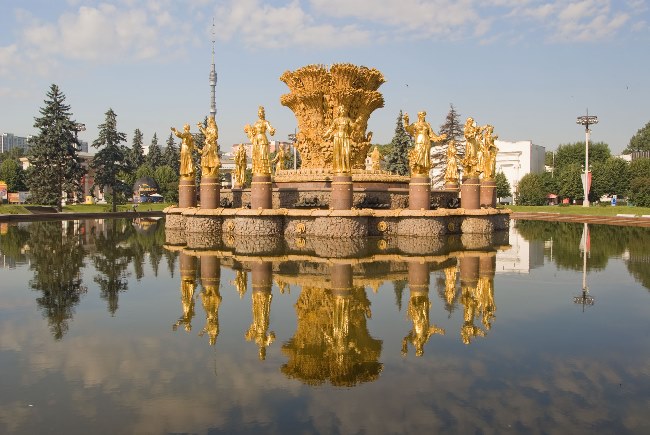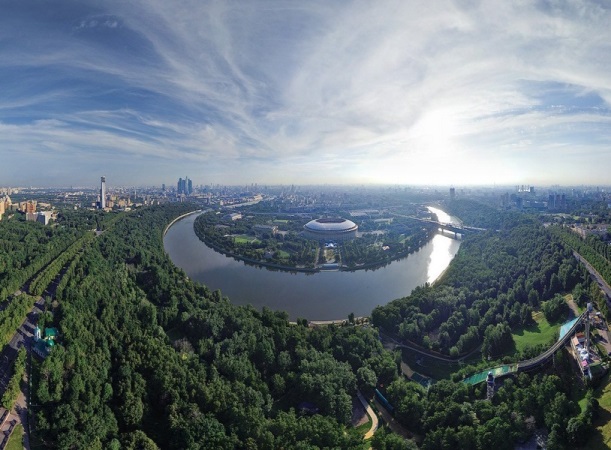With more than 20 years of experience
We are here to meet your most demanding needs
WELCOME TO RUSSIA
TO LUXURY AND COMFORT
We offer tailor-made solutions and a top-quality service
BookingWe welcome you to our website
popular tours
«INALEX» Travel Company offers exclusive tours in Russia
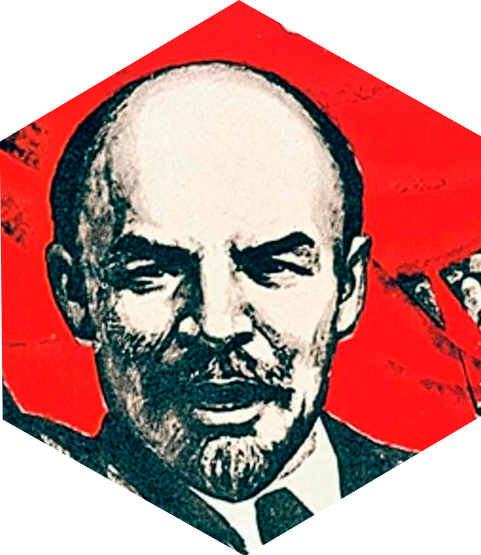
1917 October Revolution in Russia
8 Days / 7 Nightse- Russian political history
- Folkloric performance
- “Gorky Leninskiye”

Alpine skiing in Krasnaya Polyana (Sochi)
8 Days / 7 Nights- Olympic Park
- Sky Park
- Spa complex “Banya Banya”

Diamond facets of Winter Baikal
6 days / 5 nights- Baikal Lake
- Open air “Taltsy”
- Kani Cross and skijoring
News
Svetlogorsk Winter Drinks Festival
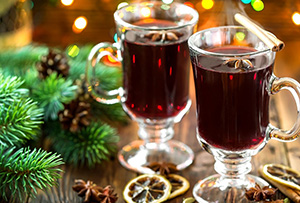
The New Year 2018 will traditionally start in the Svetlogorsk resort with the Winter Drinks Festival. On January 1-10, 2018 the town guests will enjoy various drinks and dishes. Mulled wine, grog, punch, hot brews, herbal and berry tea are only a small part of the festival bar list.
Read more ...
International Winter Festival «Hyperborea»
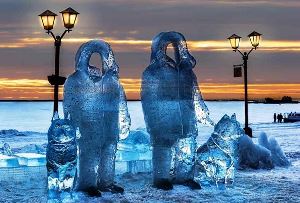
International Winter Festival “Hyperborea” is held annually in February in Petrozavodsk. The presentation of the bright side of life in the North and the development of cultural exchange between cities where winter is a predominant season are the key concepts of the festival.
Read more ...
The Birthday of Father Frost
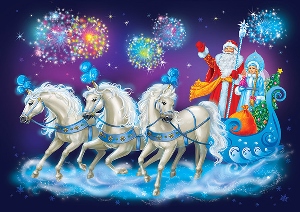
18 Nov is considered to be the birthday of the winter magician. In Veliky Ustyug at that time the winter cold is coming and at the town central square the first Christmas tree of Russia is lit up.
Read more ...
More than 800 Moscow hotels have been classified before the 2018 World Cup
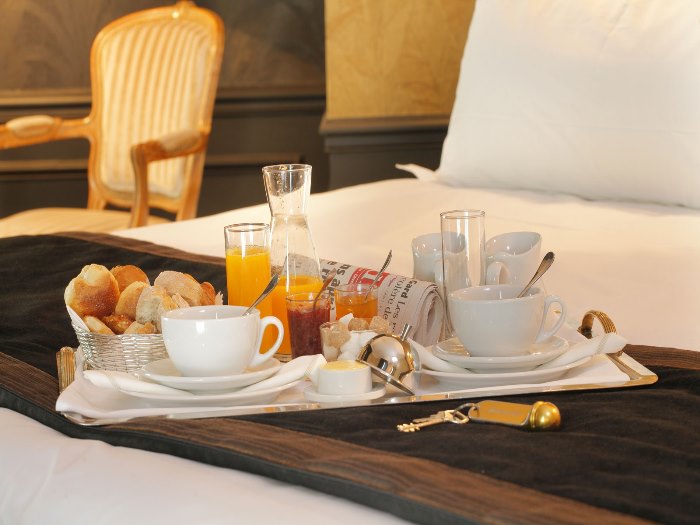
About 800 of the Moscow hotels have ranked on the eve of the world Cup 2018, said the head of the national policy, interregional relations and tourism of Moscow Vladimir Chernikov.
Read more ...
Moscow attractions
ARBAT
The Old Arbat, located between the gate area of Arbat and Smolenskaya square, is om of the oldest surviving streets in Moscow. This symbol of the old town has been immortalized in poems, novels, songs, and even movies a fair amount of times and is a popular tourist attraction. Today under this name we mean a narrow and busy street, but in fact Arbat is a historical district of Moscow, which celebrated its 500th anniversary in 1993.
CATHEDRAL OF CHRIST THE SAVIOUR
On the 25th of December in 1812 Russian emperor Alexander I issued the manifesto according to which a cathedral should be built in honor of the victory of Russia over the Napoleon’s army. The new Cathedral was meant to become the embodiment of the great feat of Russian people and the commemoration of “gratitude to God who rescued Russia from threatened death”.
ETHNO WORLD
The ethnographic Park Museum “Ethnomir” (Ethno World) is an unusual project: on the territory of 140 hectares one can find a small model of the diverse planet of people. The territory is divided into 6 different ethno areas; each of them recreates a national culture of a particular country or geographic area: "Russian Compound", "Ukraine and Belarus", "Central Asian Countries", "Museum of the Russian stove," "North, Siberia and Far East" and "South Asia Countries".
Izmaylovsky Kremlin
"Izmaylovsky Kremlin" is the unique center of culture and entertainments based on the well-known Vernissage in Izmailovo. Here it meets the amazing architecture and friendly atmosphere of this Russian Compound!
For curious natures are opened: Museum of bread, Museum of chocolate, Museum of the Russian toy, Museum of history of vodka, Museum of history of the basis of the Russian Navy.
MOSCOW INTERNATIONAL BUSINESS CENTER (MOSCOW CITY)
The first drafts of this hi-rise business district knows as “Moscow City” saw the light of day in 1992: that same year the Moscow government first conceived the project. The Moscow IBC, initially planned as an analogue of Paris’ La Défense and London's Canary Wharf, is, in fact, still under development.
Moscow Kremlin
The Moscow Kremlin is the main sight of Russia. He keeps a set of secrets and fascinating stories - about Napoleon's escape from the Kremlin, painting of the Kremlin brick from white to red, the murdered tsarevitch Dmitriy, about rich treasures and other improbable things. Hundreds of books are written about it and the Kremlin guides are the main keepers of these stories.
Moscow metro
The Moscow metro is not just the most beautiful in the world-it is the only underground, which construction was based on not just a transportation necessity. The 1930-ies, when the first metro line was opened were the blossom of Stalin’s construction. . In Moscow the empire was built, and it was built for ages. There wasn't enough place necessary for demonstration of this greatness, on the earth, but underground him was more than enough. So grew a whole underground city, inlaid with riches from all over the country, decorated with the best of its artists.
Novodevichy convent
Novodevichy Convent is located in the south-west of Moscow, in the bend of the Moscow River, and is an outstanding architectural monument of the 16th and 17th centuries. The convent was founded by Tsar Vasiliy III in 1524 in honor of the return of Smolensk lands to Russia ten years earlier. This also explains the second name of the monastery – the Mother of God of Smolensk.
POKLONNAYA GORA
Poklonnaya Gora, literally "bow-down hill", is famous hill located in the west of Moscow, between the rivers Setun and Fil’ka. Once the Poklonnaya Mountain was far outside of Moscow and offered a panoramic view of the city. Historically travellers would stop here to look at Moscow and pay their respects, hence the name of the mountain. A memorial sign with the words "The monument to the Victory of the Soviet people in the Great Patriotic War of the 1941-1945 years will be erected here" was installed on the Poklonnaya Hill on the 23rd of February of 1958. Words to action, the Victory Park was built around the memorial sign.
STATE HISTORICAL MUSEUM
The largest historical museum of Russia, the State Historical Museum, was founded in 1872 by request of the Russian scientific community.
The State Historical Museum was supposed to "serve as a visual history", therefore the items were brought here from all over Russia. Altogether, Russian scientists, historians and archaeologists managed to collect more than 4 million showpieces.
Tretyakov gallery
The State Tretyakov Gallery is an art museum in Moscow, which has one of the largest and most significant collections of Russian fine arts. The Gallery is called by the name of the Moscow merchant and industrialist Pavel Mikhailovich Tretyakov (1832-1898). The Tretyakov family bought the House on Lavrushinsky pereulok at the end of 1851. In 1856 Pavel Mikhailovich acquired the first paintings, initiating the famous collection. In 1892, he handed his collection as a gift to the city of Moscow.
VDNKh
VDNKh, which in Russian stands for Exhibition of Achievements of National Economy, is located in the north of Moscow, in Ostankino. The unique appearance of this once All-Union Exhibition formed for decades. The exhibition opened its doors on the 1st of August of 1935, under the name of the All-Union Agricultural Exhibition.
VOROBYOVY GORY
The remarkable natural zone situated on the right bank of the Moskva River, "Sparrow Hills", is the highest point of Moscow, standing at about 220 m above sea level. A great place to relax with family or friends, Vorobyovy Gory, as they are known among the locals, is a unique ecological area offering a great panoramic view of the whole city center. Sparrow Hills also provides plenty of alternatives for sport lovers, and those looking for entertainment.
Armory
Its former name was Big treasury and it speaks for itself. Here there are: state regalia including the well-known schapka Monomakha (a sign of the imperial power) and military awards, the weapon decorated with jewels, secular and church vestments, gold-embroidered fabrics, harnesses and a collection of crews of the 15-18th. The building of Armory was constructed in 1851 by the architect Konstantin Ton (the author of buildings of Maly Theatre, the Grand Kremlin Palace, Nikolaevsky railway station in St. Petersburg).
Blagoveschensky Cathedral
Pskov architects constructed Blagoveschensky Cathedral in 1489. The icon painter Andrei Rublyov initially painted it, but frescos were destroyed after a major fire of 1547. In house church of the Moscow sovereigns in Blagoveschensky Cathedral you should pay attention to the floor gathered from jasper and to Feodosiy's frescos ( he was the son and the pupil of icon painter Dionysiy.)
Ivan the Great Bell Tower
At Ivanovskaya Square of the Kremlin Ivan the Great Bell Tower with Uspenska and Filaretovsky belfries rises. Construction of a bell tower was started by Bon Fryazin in memory of Ivan III on the place of church of St Iohan Lestvichnik. Petrok Maly continued the construction and Russian master Fedor Kon has finished it. The bell tower has taken a modern form about 1600 year and before the existence of Peter and Paul Cathedral in St. Petersburg was the highest building in Russia. Around a bell tower, there were yards and economic constructions of boyars, monarchic soldiers of people and prikazy. They later have become the ministries. As the Kremlin walls lost the defensive value, the everyday life moved out of their limits.
The Tsar Bell
Tourists always pay special attention to the Tsar Bell and the Tsar Puschka. It is still an unknown fact why Anna Ioannovna wanted the bell weighing 200 t. However, the preparatory work that has borrowed one and a half years has led to the fact that on November 25 in 1735 the six-meter bell has been cast. As soon as the product has cooled down, chasers started their work: they decorated during two years. It still was in a hole on an iron lattice when in 1737 there was a fire: the wooden structure above the hole was in fire and according to a legend the bell has fallen to a bottom, the considerable part of it has broken away. Both parts had been laining in a hole about 100 years until engineers and architects got an idea how to pull it out. The bell never called – it is impossible because of its weight and features of a construction.
The Tsar Puschka
From the bronze Tsar Puschka with a trunk of 120 cm diameter nobody ever shot. The master Ivan Chokhov casted the Tsar Puschka in 1586. The tool didn't participate in military operations though it was expected to fire not only stone kernels, but also a case-shot. The cast iron kernels lying near the Tsar Puschka from the middle of the 19th century actually don't fit her.
Uspensky Cathedral
Uspensky Cathedral - the oldest completely saved building of Moscow. Uspensky Cathedral was built by Aristotle Fioravanti in 1479. It was constructed as similar to the Vladimirsky Uspensky Cathedral. At the end of the XVth - the beginning of the 16th centuries the cathedral was painted by the famous icon painter Dionysiy, the part of his paintings is still save. Uspensky Cathedral for many years was the place of crowning of the Russian tsars, even during the reign of Peter the Great when the capital has been transferred to St. Petersburg. Now the cathedral works as the museum, but periodically Patriarchal cathedral church services are made here.
Subcategories
Sights Kremlin
The Moscow Kremlin is the main sight of Russia. He keeps a set of secrets and fascinating stories - about Napoleon's escape from the Kremlin, painting of the Kremlin brick from white to red, the murdered tsarevitch Dmitriy, about rich treasures and other improbable things. Hundreds of books are written about it and the Kremlin guides are the main keepers of these stories.
Contacts us
- 10 Maliy Zlatoustinskiy lane, Bild.2, 101000, Russia, Moscow
- +7 (495) 796-94-24/+7 (495) 796-94-44.
- incoming@inalex.ru



